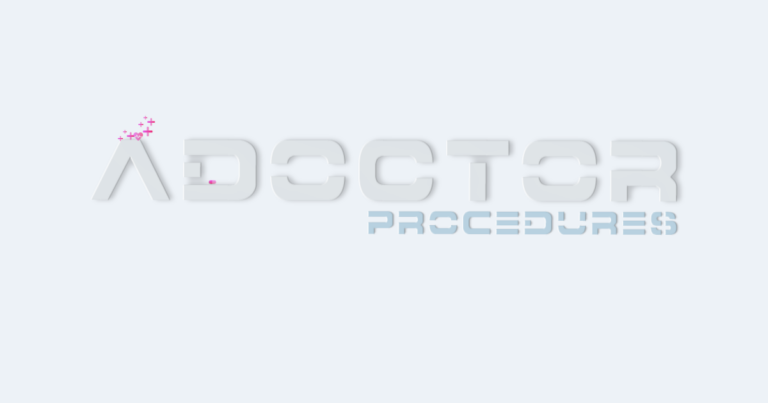Pelvic Floor Disorders
**Pelvic Floor Disorders: Definition, Symptoms, Treatment Options**
Pelvic floor disorders encompass a range of conditions that affect the muscles and tissues that support the pelvic organs (bladder, uterus, vagina, and rectum). Weakness or damage to these muscles can lead to a variety of symptoms, including:
* Urinary incontinence
* Fecal incontinence
* Pelvic organ prolapse
* Painful intercourse
* Bladder or bowel dysfunction
Causes of pelvic floor disorders include:
* Childbirth
* Aging
* Obesity
* Chronic coughing or straining
* Hysterectomy or other pelvic surgery
Treatment options for pelvic floor disorders vary depending on the severity and type of condition. They may include:
* Pelvic floor exercises
* Electrical stimulation
* Pessaries (devices that support pelvic organs)
* Surgery
Early diagnosis and treatment of pelvic floor disorders are crucial to prevent complications and improve quality of life. If you experience any symptoms of pelvic floor dysfunction, consult with a healthcare professional for proper evaluation and treatment.
What is Rectovaginal Fistula: Symptoms, Causes, Diagnosis, and Treatment?

